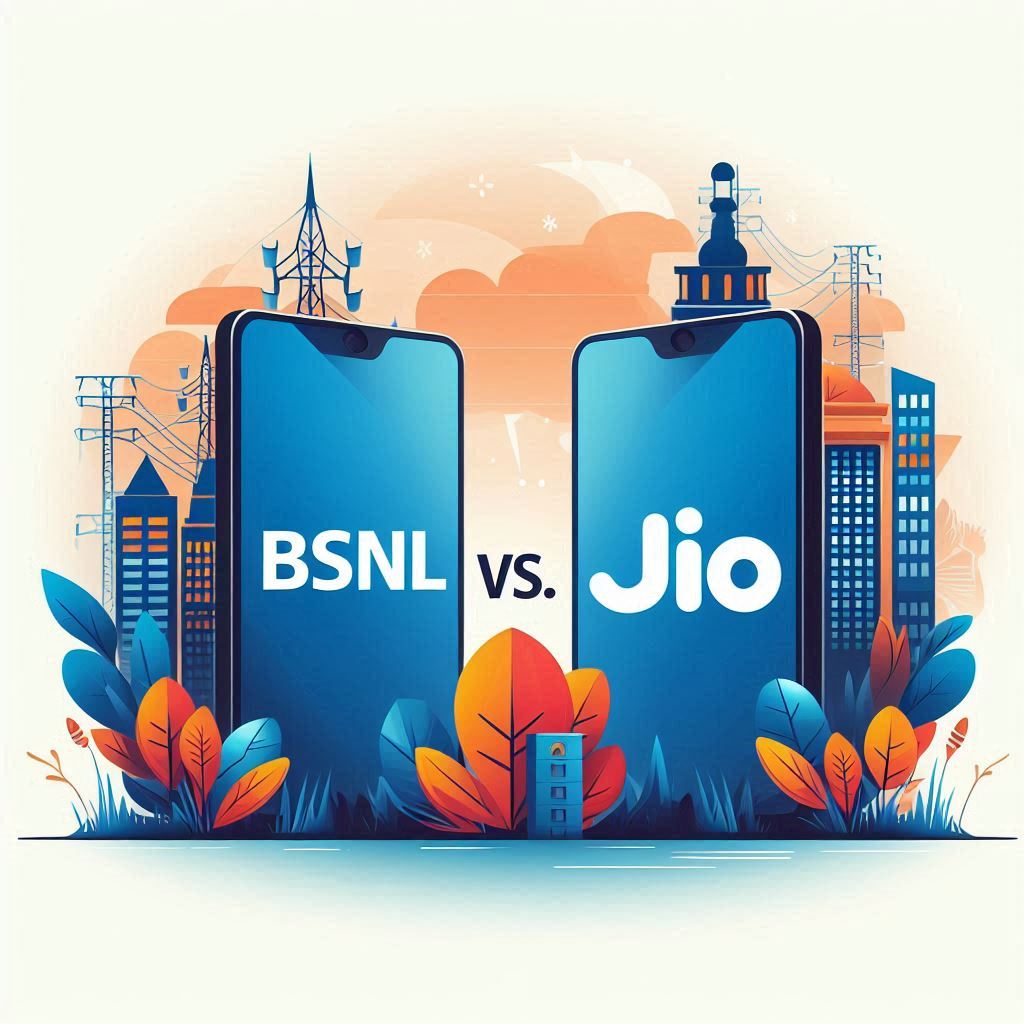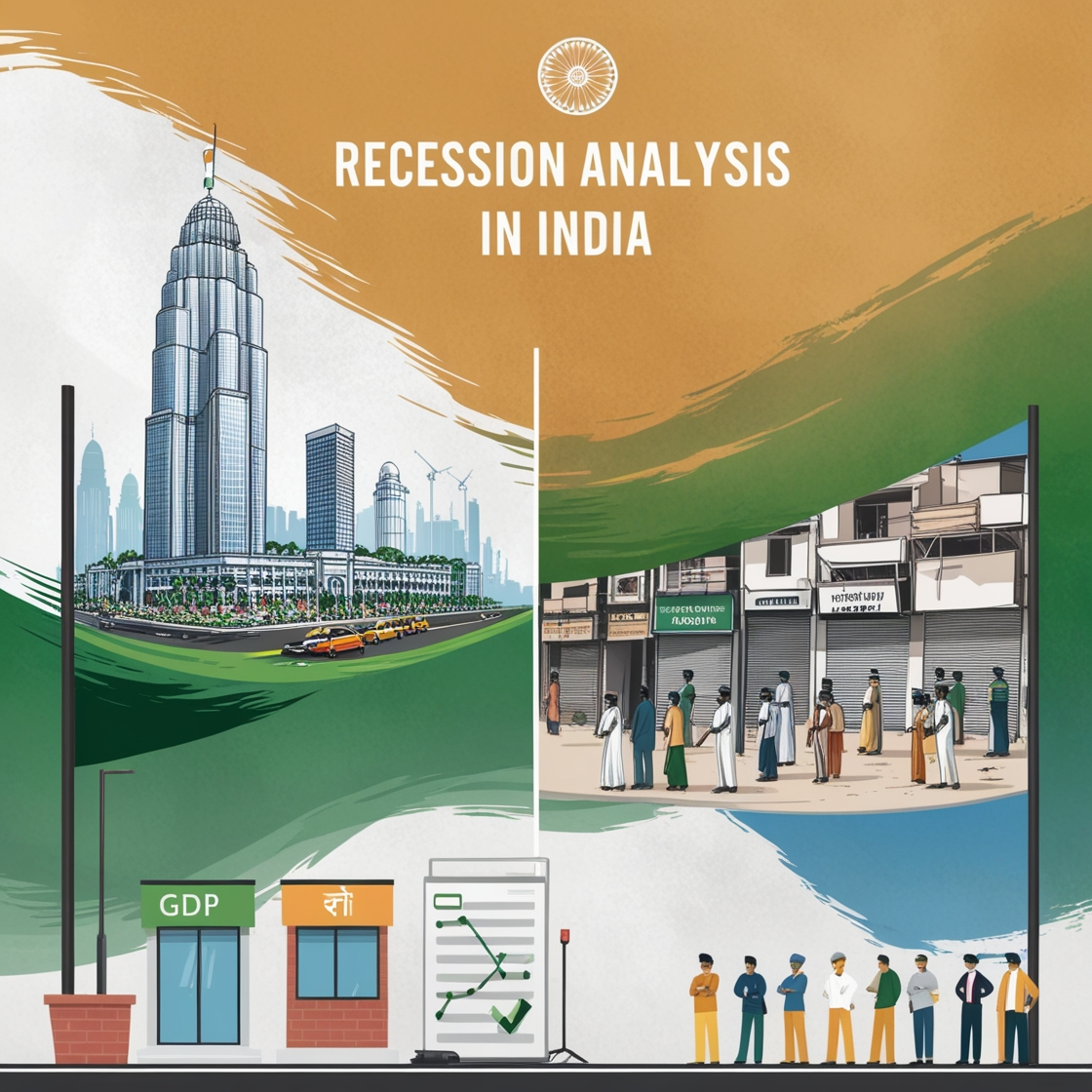In recent times, the Indian telecom sector has been buzzing with significant developments. Central to this are the emerging tariff wars between BSNL and Jio, two of the country’s prominent telecom providers. This competition has sparked discussions about the future of the industry and its impact on consumers.

The Context: Monopoly and Market Dynamics
The telecom market is witnessing an intense battle for dominance. The strategy is straightforward: create dependency among consumers, establish a monopoly, and dominate the market. However, when consumers become aware and alternatives emerge, the dynamics change dramatically. With the internet becoming as essential as basic necessities, any disruption or price increase in telecom services garners immediate attention and reaction.
BSNL’s Resurgence: A Glimpse into the Past and Present
Historical Performance and Decline
BSNL, a public sector undertaking, was established in 2000 with the mission to connect India,
especially in areas where private players were hesitant to venture. From 2001 to 2008, BSNL remained profitable, amassing significant profits annually. However, its decline began due to several factors:
- Scams and Corruption: Political scandals involving telecom ministers, including the infamous 2G spectrum scam, tarnished BSNL’s reputation and hampered its expansion plans.
- Inefficiency and Bureaucracy: High employee numbers and bureaucratic inefficiencies led to poor customer service and operational delays.
- Technological Obsolescence: BSNL lagged in adopting new technologies, making it less competitive against private players.
Current Revival Efforts
Despite these challenges, BSNL is making a comeback. Key factors driving this resurgence include:
- Government Support: Recognizing BSNL’s role in providing connectivity in remote areas, the government has backed its revival through financial packages and strategic partnerships.
- Tariff Competitiveness: BSNL’s competitive tariffs, offering substantial data and call benefits, are attracting consumers amidst rising prices from private players.
Jio’s Market Strategy: Disruption and Domination
Jio’s entry into the telecom market was nothing short of disruptive. By offering free services initially,
Jio quickly amassed a vast subscriber base, disrupting the existing market dynamics. This strategy led to:
- Rapid Subscriber Growth: From zero to capturing a significant market share in a short period, Jio’s free services strategy paid off handsomely.
- Revenue Boost: Once the free period ended, the revenue surged,
- reflecting the successful transition of free users to paid subscribers.
- Market Monopolization Concerns: Jio’s practices raised concerns about monopolistic tendencies, with rivals like Airtel approaching the Competition Commission of India (CCI) to address anti-competitive practices.
The Competitive Landscape: BSNL vs. Jio
Tariff Increases and Consumer Response
Recently, all major telecom players, including Jio, Airtel, and Vi, announced tariff hikes, triggering consumer backlash and porting campaigns. BSNL, leveraging this discontent, has positioned itself as a cost-effective alternative. With attractive annual plans and substantial daily data offerings, BSNL is regaining consumer interest.
Comparison of Plans
BSNL offers several attractive plans that provide better value for money compared to its competitors.
For example:
- Rs. 998 Plan: 2GB data per day with unlimited calls for 210 days.
- Rs. 1530 Plan: 1.5GB data per day with unlimited calls for a year, costing effectively less Rs. 200 per month.
BSNL Prepaid Plans
| Plan Name | Price (INR) | Data Allowance | Validity | Benefits |
|---|---|---|---|---|
| STV 49 | 49 | 1GB | 28 days | 100 SMS, Unlimited voice (local/STD) |
| STV 99 | 99 | 2GB | 18 days | Unlimited voice (local/STD), 100 SMS |
| STV 199 | 199 | 2GB/day | 30 days | Unlimited voice (local/STD), 100 SMS/day, Zing Music |
| PV 365 | 365 | 2GB/day | 60 days | Unlimited voice (local/STD), 100 SMS/day, BSNL Tunes |
| PV 1499 | 1499 | 24GB | 365 days | Unlimited voice (local/STD), 100 SMS/day |
| FRC 108 | 108 | 1GB/day | 28 days | Unlimited voice (local/STD), 500 SMS |
BSNL Postpaid Plans
| Plan Name | Price (INR) | Data Allowance | Validity | Benefits |
|---|---|---|---|---|
| Plan 199 | 199 | 25GB | 1 month | 100 SMS/day, Unlimited voice |
| Plan 399 | 399 | 75GB | 1 month | 100 SMS/day, Unlimited voice |
| Plan 525 | 525 | 85GB | 1 month | 100 SMS/day, Unlimited voice, Data rollover up to 150GB |
| Plan 725 | 725 | 100GB | 1 month | 100 SMS/day, Unlimited voice, Data rollover up to 200GB |
BSNL Broadband Plans
| Plan Name | Price (INR) | Speed | Data Allowance | Benefits |
|---|---|---|---|---|
| Fibre Basic | 449 | 30 Mbps | 3.3TB | Unlimited data, Free voice calls |
| Fibre Value | 799 | 100 Mbps | 3.3TB | Unlimited data, Free voice calls |
| Fibre Premium | 999 | 200 Mbps | 3.3TB | Unlimited data, Free voice calls |
| Fibre Ultra | 1499 | 300 Mbps | 4TB | Unlimited data, Free voice calls |
| Fibre Ultra Plus | 2499 | 300 Mbps | 5TB | Unlimited data, Free voice calls |
These plans highlight BSNL’s efforts to regain its market share by offering competitive pricing and services.
Technological Advancements and Partnerships
BSNL is also focusing on technological advancements and strategic partnerships:
- 4G and 5G Expansion: Collaborations with Tata Consultancy Services (TCS) aim to expand BSNL’s 4G network and transition to 5G by 2025.
- Government Projects: Initiatives like providing connectivity in rural and remote areas underscore BSNL’s importance in national connectivity efforts.
How to Port to BSNL
If you are currently using Jio or Airtel and wish to switch to BSNL while keeping your existing mobile number, you can use the Mobile Number Portability (MNP) service. Here’s a simple guide:
- Send an SMS: From your mobile phone, send an SMS to 1900. The message should read: PORT followed by your 10-digit mobile number (e.g., PORT 98XXXXXX98). Next, send this message to the designated number.
- Receive UPC: You will receive a Unique Porting Code (UPC) valid for 15 days.
- Visit BSNL Office: Take this UPC to the nearest BSNL office or center and fill out a Customer Application Form.
- Get Your BSNL SIM: Complete the process, and you will receive your BSNL SIM card. There are no extra charges for porting your number.
The Regulatory Environment: Ensuring Fair Competition
India’s telecom regulatory framework, comprising bodies like the Department of Telecommunications (DoT), Telecom Commission, and Telecom Regulatory Authority of India (TRAI), plays a crucial role in maintaining a fair and competitive market. These bodies oversee policy formulation, spectrum allocation, and ensure compliance with competition laws to prevent monopolistic practices.
Conclusion: The Road Ahead
The tariff wars between BSNL vs Jio signify more the just competition between two companies. They reflect the broader shifts in the telecom sector, influenced by technological advancements, consumer expectations, and regulatory frameworks. As BSNL continues its revival journey with government backing and competitive strategies, and Jio pushes forward with its market dominance tactics, the Indian telecom landscape is set for an exciting phase of transformation.
Consumers stand to benefit from this competition through better services and competitive pricing, provided regulatory bodies ensure a level playing field. The telecom revolution in India is far from over; it’s an ongoing saga of innovation, competition, and strategic maneuvering.




Leave a Reply
You must be logged in to post a comment.